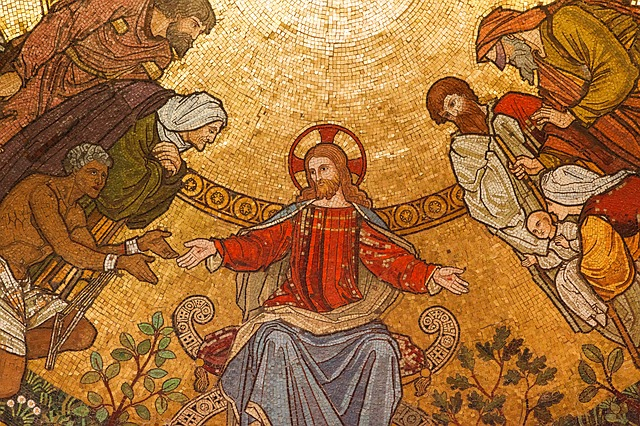A few days ago the archaeologists have announced that they uncovered an ancient table stone that was most probably used to measure wine and olive oil. This finding led the archaeologists to a conclusion that they may have found an important market from the ancient time in Jerusalem.
Later the discovery of 2,000-year-old measuring table led the Israel Antiquities Authority (IAA) claim that the ancient Jerusalem market is linked to one of the holiest religious temples.
The archaeological finding and IAA
The researchers at IAA has mentioned that the discovery of the stone table, confirms the presence of an ancient market at the excavation site, to the eastern side of Jerusalem.
The IAA also claimed that the discovery also made them understand the theory of lower city Jerusalem. However, they said that it is possible that they could be excavating the market which was actually connected to the ancient Siloam Pool, which is a rock-cut pool on the southern slope of the City of David with the Temple Mount.

The holy sites in Jerusalem
It should be mentioned that the Temple Mount is located at the hill site in the old city of Jerusalem. As per the historians it has been considered a holy site, in Judaism, Christianity, and Islam alike.
As per the Jewish tradition, while one temple was built by the King Solomon, the son of King David, another temple was constructed under the auspices of Zerubbabel in 516 BCE. Even though there is less evidence to prove the claims, the first temple is believed to be destroyed by the Neo-Babylonian Empire and the second one was by the Roman Empire in 70 CE.
The Temple Mount is extremely famous as the in Judaism, this is considered as the holiest place and Jews turn towards during prayer.
The excavation
The archaeological excavation team, led by IAA researchers Nahshon Szanton, Moran Hagbi and Meidad Shor in the pilgrimage road, claimed that the stone table was owned by the manager of the main ancient Jerusalem market. The market is believed to have been used by the Roman inspector of measurements and weights, known as the "agoranomos" whose main job is to ensure fair trade.
The holy place Jerusalem

In 2018, another team of researchers had discovered a papyrus script near the Dead sea. The ancient script detailed the popularity of wine in the ancient Kingdom of Judah, which was the nation formed from the territories of the tribes of Judah, Simon and Benjamin after Israel was divided.
Later, archaeologists discovered Gabriel stone, which was a tablet with 87 lines of Hebrew text from the Dead Sea that also includes some controversial prophecies. After the discovery of the Gabriel Inscriptions, archaeologists were stunned and when scholars deciphered it, they were startled by the fact that they were looking at the Dead Sea Scroll on a stone.
In 2019, the researchers revealed many details related to Jesus and one them was the finding of the village linked to Jesus' fructification. As per the Gospel of Luke in the New Testament, Jesus appears before two of his followers on the road to Emmaus, which is 60 stadia (10 to 12 kilometres) from Jerusalem and prior to a team of archaeologists reported that they may have discovered Emmaus. But the identification is still controversial.
Professor emeritus at the Institute of Archaeology of Tel Aviv University in Israel, Israel Finkelstein and a professor of biblical studies at Collège de France, Thomas Römer, stated that archaeological site of Kiriath-Jearim, which sits at a proper distance from the Old City of Jerusalem, is actually Emmaus.









